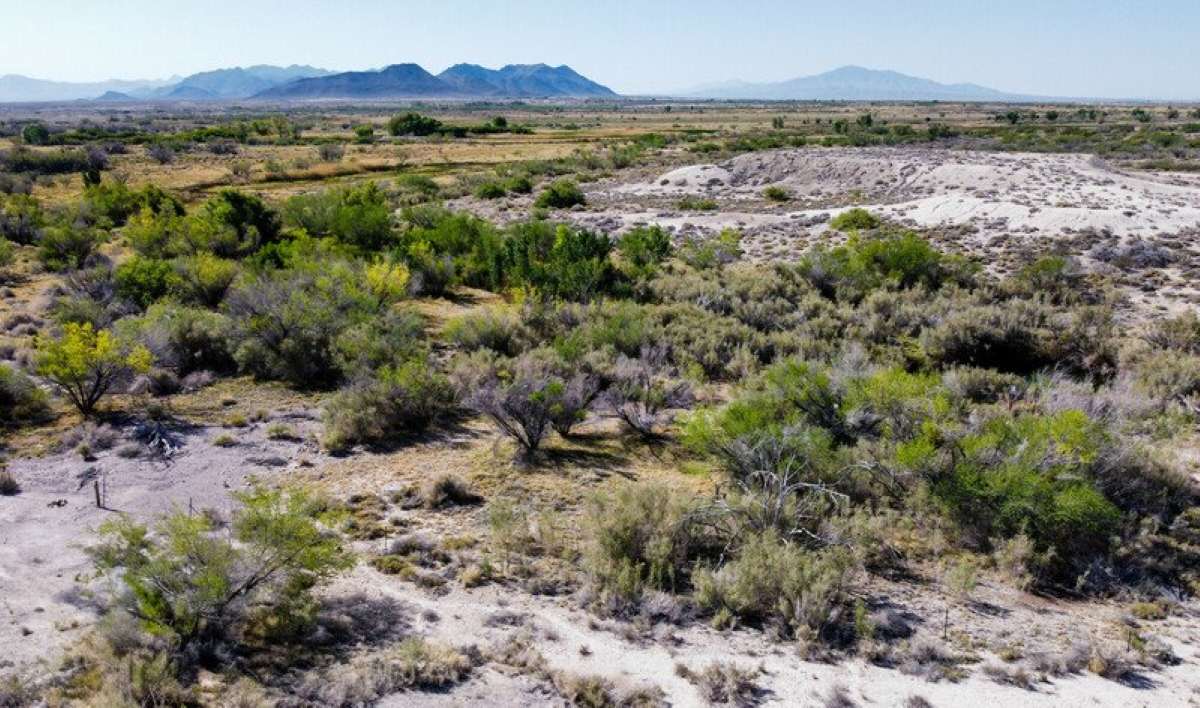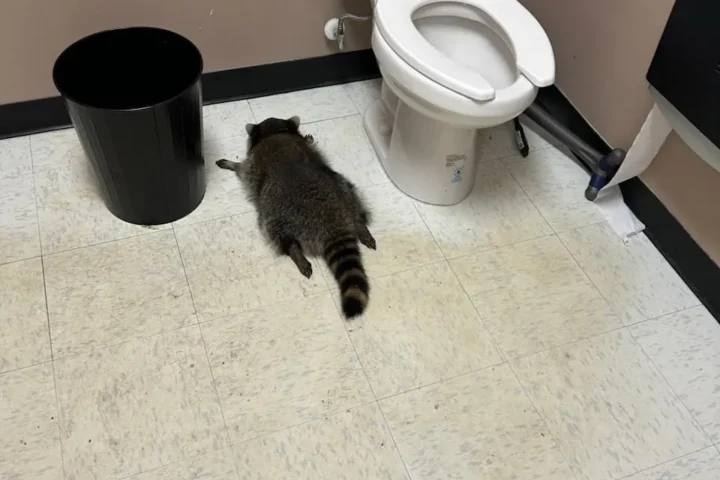Australian mining company Rover Critical Minerals has dropped its plans to create an open-pit lithium mine at Ash Meadows National Wildlife Refuge in Nevada. The company, now renamed Stockworks Gold, has removed the Ash Meadows project from its website completely.
This development is a win for conservation groups, local residents, and the Timbisha Shoshone Tribe who fought against the project that threatened one of America’s most unique natural areas.
“We’re thrilled that Rover has read the writing on the wall and is giving up on this disastrous project,” said Patrick Donnelly, Great Basin director at the Center for Biological Diversity. “Mining near Ash Meadows poses an existential threat to dozens of endangered species and the community that calls this oasis home.”
Ash Meadows, located about 90 miles northwest of Las Vegas, stands out as a rare desert habitat in the dry Mojave Desert. The 23,000-acre refuge houses 26 plants and animals found nowhere else on Earth, giving it the highest concentration of unique species in the United States. The refuge’s clear springs and pools provide vital habitat for several endangered fish, including the Devils Hole pupfish – one of the world’s rarest fish.
Similar Posts
The conflict began in 2023 when the Bureau of Land Management (BLM) first approved Rover’s plan to drill dozens of exploratory holes next to the refuge. Conservation groups and local governments quickly sued, and within two weeks, the BLM withdrew its approval.
Rover still pushed forward with the project and held a public meeting in Amargosa Valley, where locals unanimously opposed it. This community resistance grew stronger, leading to more significant action.
In January 2025, the Biden administration stepped in by placing a two-year pause on new mining claims across nearly 270,000 acres around the refuge while considering a longer 20-year mining ban. This temporary protection came directly from the community’s organizing efforts.
“The demise of the Ash Meadows lithium project is a testament to the conviction of the communities of the Amargosa Basin in defense of water, wildlife and home,” said Mason Voehl, campaigns director at the Amargosa Conservancy.
The effort to protect Ash Meadows matters especially because the refuge is recognized internationally as a Ramsar Wetland of International Importance. Its special water system includes springs fed by underground aquifers, creating a green haven in one of North America’s driest regions.
Experts warned that mining could seriously damage this delicate ecosystem. Drilling could puncture the pressurized underground aquifer, potentially reducing water flows crucial for endangered species.
While Rover’s withdrawal marks an important victory, mining still threatens the area. The BLM recently approved another company’s exploratory drilling just two miles from the wildlife refuge, and Belgian mining company Lhoist may expand their nearby clay mine.
The Ash Meadows story shows the tension between mining for minerals needed for clean energy and protecting irreplaceable ecosystems. It also shows how communities, conservation groups, tribal governments, and elected officials can successfully protect valuable natural resources when they work together.
As Voehl put it: “Let this be a clear message to the industry: Leave Ash Meadows alone or prepare for a long battle.”



















